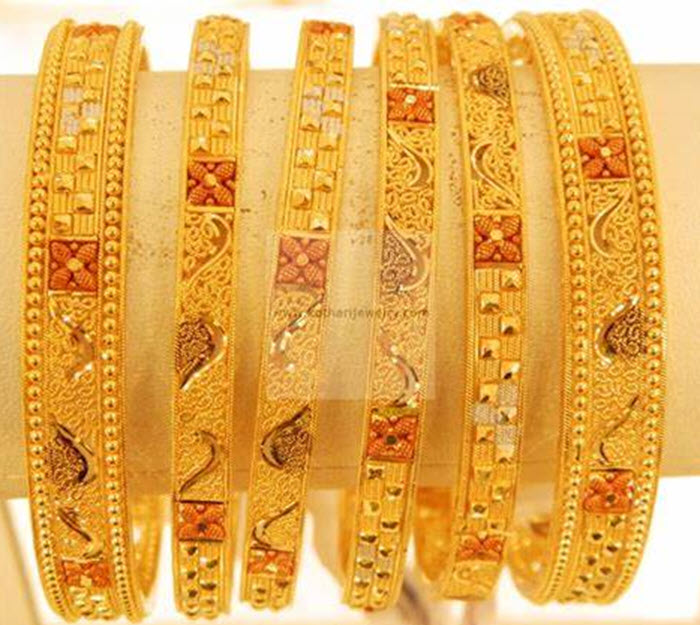A criminal network which used creative methods, including hiring legitimate jewelers, to help smuggle gold into Panama and launder proceeds back in Colombia has been brought down, underscoring the rising importance of this illegal gold trafficking route.
On August 22, Colombia’s Attorney General’s Office announced the takedown of a prolific gold smuggling ring. The criminal network obtained the gold from illegal miners and smelters in Colombia’s departments of Santander and Antioquia, especially the sub-region of Magdaleno Medio.
In order to increase the chances of not being caught, human “mules” then used diverse methods to smuggle the gold onto flights to Panama.
One tactic was to disguise the gold by adding steel or silver layers on top of it and using these to make chains, bracelets, keychains, purse straps and other innocuous objects to be worn by the mules. Eight individuals were arrested and charged with running the smuggling ring that used human carriers to take illicit gold from Colombia to the city of Colón in Panama.
It is estimated around 19 billion Colombian pesos ($5.5 million) worth of gold was smuggled out by the gang, according to the Attorney General’s Office, although the assets seized were worth 60 billion pesos ($17.4 million).
Corrupt airport officials also aided the group in bypassing security checkpoints, according to Colombian authorities. Officials allegedly sometimes brought the products hiding the gold into the airports and then handed them to the smugglers shortly before boarding their flights.
Airport officials were paid between two and four million pesos (between around $580 and $1,060) for their role in the scheme, according to a report by Semana.
After the gold arrived in Panama, it was delivered to the offices of Gold America and Alpha Trading, two companies in the free trade zone of Colón. Another innovative part of this scheme is that the carriers would then be paid in jewels and precious stones coming from Italy, which they smuggled back to Colombia.
These were then sent to a network of jewelers in the Colombian cities of Bogotá, Bucaramanga, Barranquilla, Medellín and Cali, among others, where they were sold legitimately, Semana reported.
InSight Crime Analysis
While the exchanging of smuggled Colombian gold for Italian jewelry and the use of jewelers to launder criminal profits are innovative, Panama is renewing its reputation as a gold smuggling waypoint.
Groups such as the Cali Cartel smuggled gold into Panama and sold it as a way to launder their drug profits since at least the 1970s.
More recently, between 2016 and 2018, a very similar scheme was dismantled by police when they caught a couple flying from Colombia to Panama with 13,200 gold and silver items hidden in their luggage. They were also being paid in jewelry in Panama and returning it to Colombia.
SEE ALSO: Colombia News and Profiles
Additionally, in 1992, a new law forced Colombia’s central bank to buy any gold produced legally in the country and put it up for sale. This gave rise to a new criminal opportunity where this Colombian gold was either sold to private banks or taken to Panama for sale, avoiding any taxes, Las 2 Orillas reported.
Illegal mining of minerals is endemic in Colombia and has been growing in recent years. The practice nets criminal groups an estimated $2.4 billion a year and fuels violence in the Andean nation.
After obtaining the gold, there is a need to launder it and make it seem as if it came from legitimate sources. These operations take place abroad but also often within Colombia itself.
